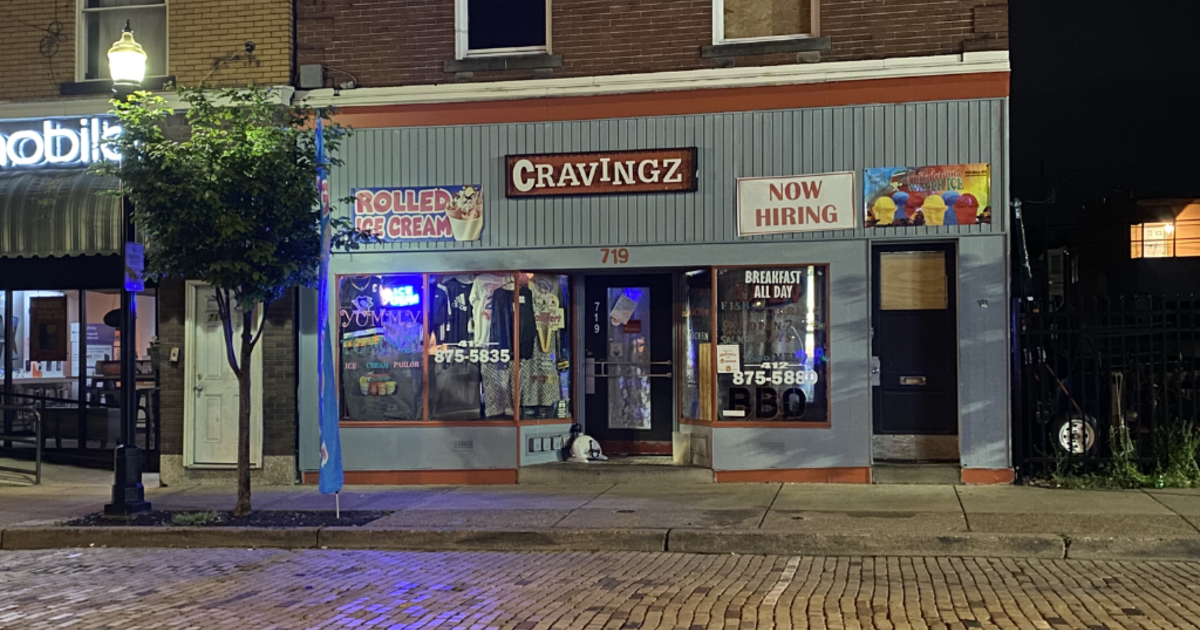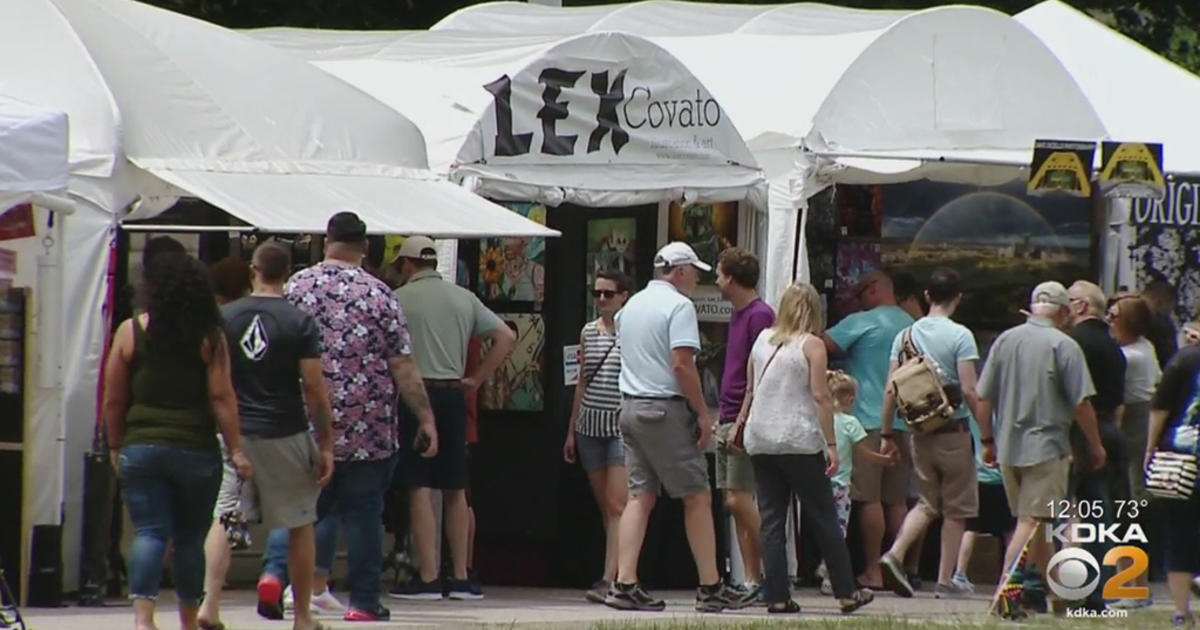Hotter temperatures mean higher utility costs for millions of Americans
As Americans recognize Earth Day, consumers may have noticed one effect of climate change: Higher temperatures around the U.S. are straining their budgets, and in some cases even forcing families to choose between cooling their homes and buying groceries.
More intense heat is driving higher energy consumption, with over half of U.S. counties facing potentially higher utility and other related costs, the Bank of America Institute found in a recent analysis of its customers' spending patterns. As of March, customers' total monthly utility bills, including, water, gas and electricity, averaged nearly $300 — up roughly 25% compared with 2019.
"As climate events and conditions continue to grow in frequency and intensity, households will likely face additional expenditures. For example, households exposed to heat waves and higher average temperatures are more likely to use air conditioning, which could increase their energy consumption and associated expenses," the report's authors wrote.
Bank of America used aggregated and anonymized customer data to track utility payments and analyze the growth in costs.
Higher temperatures put lower-income households in particular under more financial pressure, with average utility payments for individuals earning less than $50,000 a year rising 38% between March 2019 and March 2024.
That's also driven by what researchers call the "urban heat island" effect. Because low-income people tend to live in hotter parts of the U.S., these households are exposed to more heat than higher-income households. In places like Reno and Las Vegas, Nevada, consumers' utility bills were up by more than 40% in March compared to the same month in 2019, according to the report.
Higher utility costs are just one expense that Americans have grappled with since inflation began surging during the pandemic. And while the disease has relented, many consumers remain under severe financial pressure. Some 38% of households with incomes under $50,000 say they were unable to pay a bill or to pay it in full at least once over the past 12 months, according to recent Census data.
Indeed, while air conditioning has gone from a luxury to a necessity, not all Americans can afford to run their units.
"We know that some people won't turn them on because they're afraid of the bill," Mark Wolfe, executive director of National Energy Assistance Directors' Association, told CBS MoneyWatch.
At the same time, old-school approaches to coping with heat waves are no longer adequate, experts said. Cooling centers, which can alleviate discomfort during a short-lived stretch of hot weather, are less effective now that heat waves often last much longer than one or two days, Wolfe explained.
"That model doesn't work. You can't have people moving into library for a week — it's a model from decades ago," he said.
Michael Mendéz, a climate change researcher and assistant professor at University of California, Irvine, added that many communities around the country can see extreme temperatures for as many as 10 months a year.
"Because of this, individuals have to pay higher utility bills to maintain a comfortable home. Particularly those on fixed incomes and that are lower-income are making the choice between keeping their household cooler or paying grocery bills," Mendéz said. So it's having a significant impact on households and their ability to pay for other basic necessities, like groceries."



